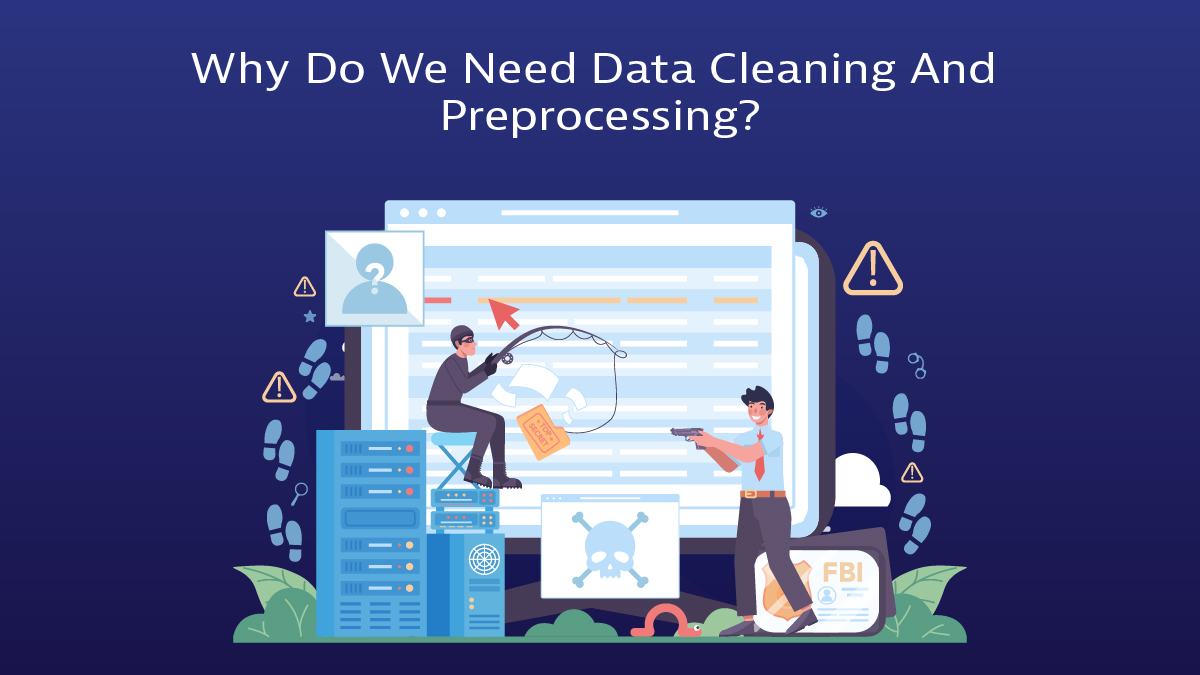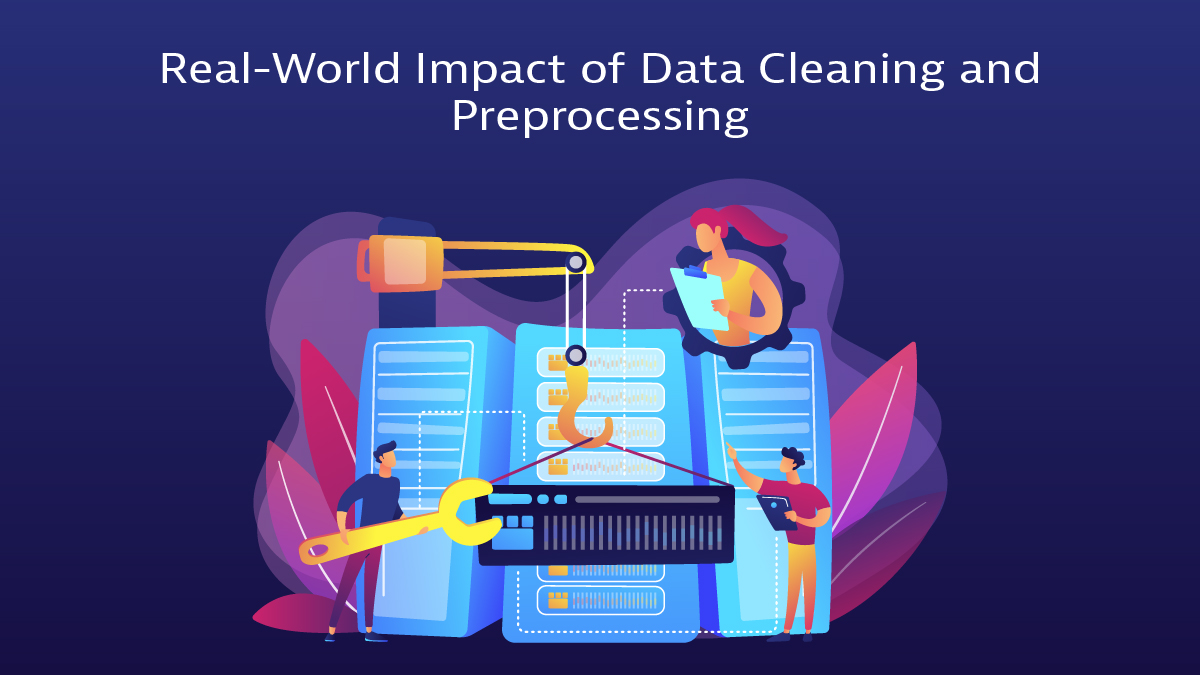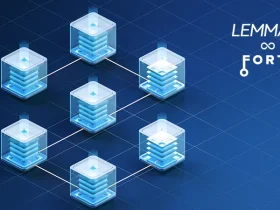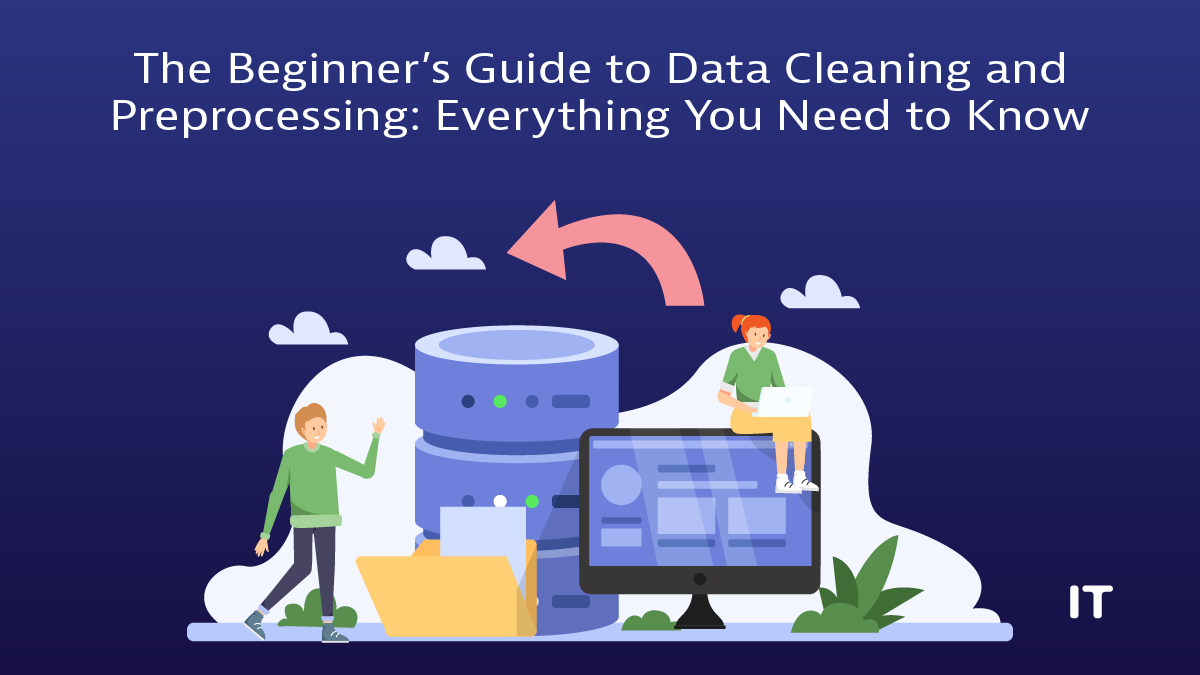In the world of data science and machine learning, data quality is crucial. The quality of the data you input significantly influences how well machine learning models perform. Data cleaning and preprocessing are not just initial steps; they’re essential parts of the machine learning process.
Understanding the importance of the cleaning and preprocessing of data is vital because it directly impacts how well your model works. A dataset that’s well-cleaned and preprocessed leads to more accurate and reliable machine-learning models. On the flip side, a dataset that’s poorly handled can result in misleading results and conclusions.
This guide takes you through the techniques and best practices for data cleaning and preprocessing. Let’s dive in.
What is Data Cleaning and Preprocessing?
Data cleaning and preprocessing are essential steps in preparing and refining raw data for analysis and modeling. These processes involve identifying and rectifying errors, inconsistencies, missing values, and irrelevant data within a dataset to ensure its quality and suitability for further analysis.
The steps involved in the cleaning and preprocessing of data can vary, but here are some common ones mentioned in the search results:
- Gathering the data: Collecting the raw data from various sources relevant to the problem at hand.
- Dealing with Missing Values: Addressing missing data by either imputing values or removing the affected instances.
- Dealing with Categorical Values: Handling categorical variables by encoding them into numerical representations suitable for analysis.
- Splitting the Dataset: Dividing the dataset into dependent and independent variables or separating it into training and test sets for model evaluation.
- Feature Scaling: Scaling the features to a common range to ensure they have similar magnitudes and prevent certain features from dominating the analysis.
Data cleaning involves identifying and correcting errors, inconsistencies, duplicates, and irrelevant data within the dataset. It aims to improve the accuracy and reliability of the data. Techniques such as imputation, removal, and transformation may be used to address these issues.
Also Read: How Can Data Warehousing Become the Future of Data Storage?
Data preprocessing, on the other hand, encompasses a broader set of activities. It involves transforming the raw dataset into a format that is more understandable and suitable for analysis. This includes steps like handling missing values, dealing with categorical variables, splitting the dataset, and performing feature scaling.
The ultimate goal of data cleaning and preprocessing is to ensure that the data is accurate, consistent, and ready for analysis. By performing these steps, researchers and data scientists can enhance the quality of their data, reduce bias, and improve the performance of machine learning models.
Why Do We Need Data Cleaning And Preprocessing?
 Cleaning and preprocessing of data are crucial elements of the data analysis process. Here are some reasons why they are necessary:
Cleaning and preprocessing of data are crucial elements of the data analysis process. Here are some reasons why they are necessary:
- Data Quality Assurance: Data cleaning and preprocessing help ensure the accuracy, consistency, and reliability of the data. By identifying and rectifying errors, inconsistencies, and missing values, the quality of the dataset is improved, leading to more reliable analysis and modeling results.
- Improved Analysis Results: Clean and preprocessed data reduces the likelihood of biased or misleading analysis outcomes. By removing outliers, handling missing values, and addressing inconsistencies, the data becomes more representative and suitable for analysis.
- Data Integration: In many cases, data comes from multiple sources and may have different formats or structures. Data preprocessing involves integrating and transforming data from various sources into a unified format, making it easier to analyze and derive insights from.
- Efficient Data Analysis: Preprocessing techniques such as data reduction and feature scaling help simplify and streamline the analysis process. Data reduction techniques, like removing irrelevant or redundant data, can reduce the complexity of the dataset, making it more manageable for analysis. Feature scaling ensures that features are on a similar scale, which keeps certain features from dominating the analysis.
- Improved Model Performance: Preprocessing the data can enhance the performance of machine learning models. By handling missing values, encoding categorical variables, and scaling features, the data becomes more suitable for modeling, reducing the risk of overfitting and improving the model’s generalization ability.
- Data Understanding and Interpretability: Data cleaning and preprocessing involve exploring and understanding the dataset. This process helps identify patterns, relationships, and potential issues within the data, leading to better insights and interpretations.
Real-World Impact of Data Cleaning and Preprocessing
 Data cleaning and preprocessing are integral in diverse industries. In retail, they optimize customer segmentation by handling messy data and employing techniques like normalization. In manufacturing, these processes refine predictive maintenance models by addressing noisy sensor data and outliers. Meanwhile, in finance, cleaning and preprocessing of data enhance fraud detection by managing complex transaction data and utilizing techniques such as feature selection. These applications highlight the pivotal role of data preparation in ensuring accurate predictions and informed decision-making across various sectors.
Data cleaning and preprocessing are integral in diverse industries. In retail, they optimize customer segmentation by handling messy data and employing techniques like normalization. In manufacturing, these processes refine predictive maintenance models by addressing noisy sensor data and outliers. Meanwhile, in finance, cleaning and preprocessing of data enhance fraud detection by managing complex transaction data and utilizing techniques such as feature selection. These applications highlight the pivotal role of data preparation in ensuring accurate predictions and informed decision-making across various sectors.
Closing Thoughts
Effective data-driven decision-making hinges on well-prepared data. After determining your analysis requirements and sourcing the necessary data, following the outlined steps ensures your data is ready for various downstream processes. While data preprocessing may seem tedious initially, establishing methods and procedures will yield long-term benefits in streamlining your workflow.

































